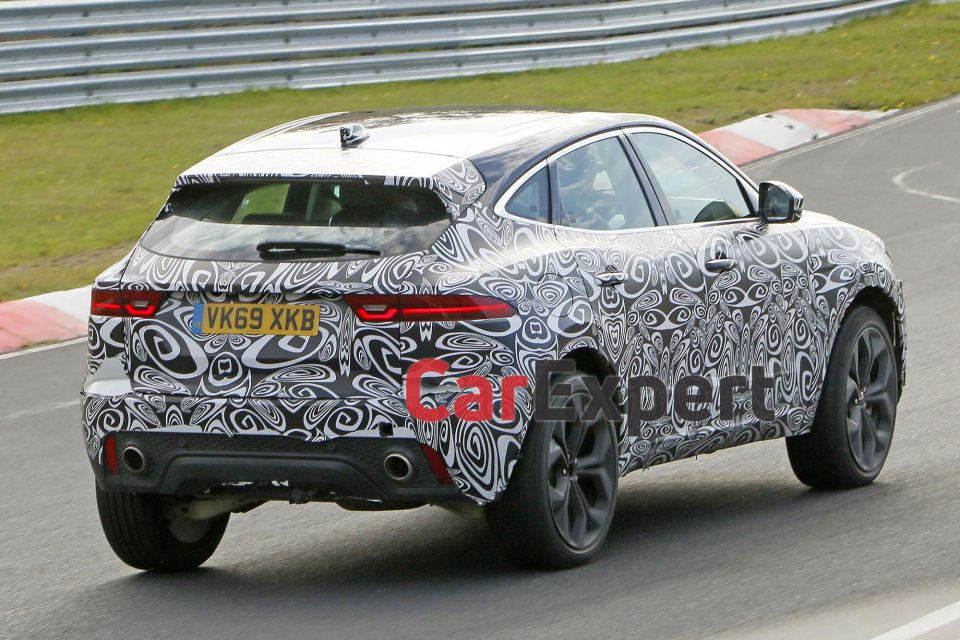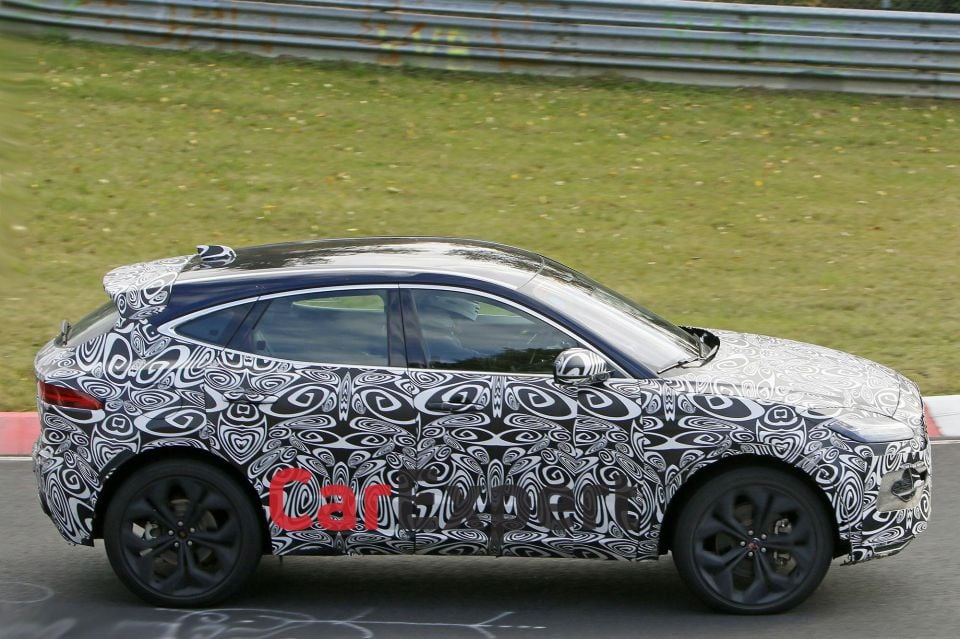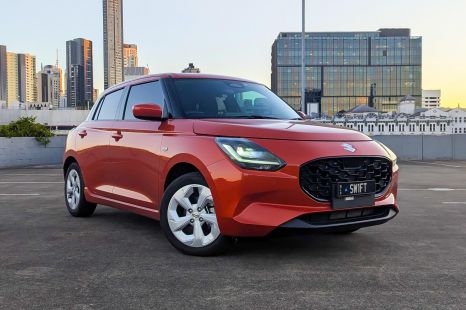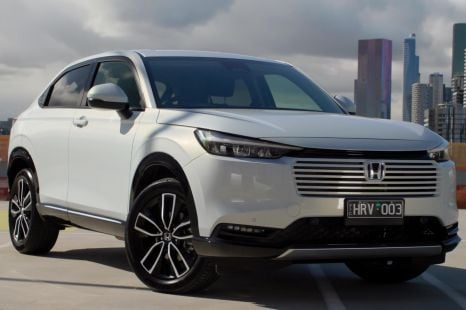

CarExpert.com.au
Model range deep-dive: Mahindra's SUV family
4 Days Ago

Journalist
Even though this Jaguar E-Pace prototype is blanketed with camouflage wrap, it’s clear this facelift will be a minor nip and tuck rather than a radical reconstruction.
We can see it will have redesigned faux air intakes at the front. Also likely are a subtly revamped bumper design and possibly a new grille.
Although this car doesn’t sport new headlight and tail-light graphics, Jaguar may add these before launch.

The interior hasn’t been spied yet, but if the recent facelifts for the XE, XF and F-Pace are anything to go by, the E-Pace should be available with a digital instrumentation screen and the company’s latest 11.4-inch Pivi Pro touchscreen infotainment system.
As before, under the skin E-Pace continues to use a front- and all-wheel drive platform shared with the previous generation Range Rover Evoque and Land Rover Discovery Sport.
In addition to a revised 2.0-litre turbocharged four-cylinder, the E-Pace may also receive a 227kW 1.5-litre plug-in hybrid setup like the Evoque at some point down the track.

Launched in 2017, the E-Pace has sold reasonably. In 2019, 1029 were sold in Australia, and the E-Pace accounted for 6.3 per cent of the small SUV market over $40,000.
It trails the segment leading Volvo XC40 (2858), BMW X1 (2847) and Mercedes-Benz GLA (2562) by some distance, as well as the Lexus UX (1931) and BMW X2 (1303).
We expect the revised E-Pace will have its global launch either late this year or early in 2021.
Where expert car reviews meet expert car buying – CarExpert gives you trusted advice, personalised service and real savings on your next new car.
Derek Fung would love to tell you about his multiple degrees, but he's too busy writing up some news right now. In his spare time Derek loves chasing automotive rabbits down the hole. Based in New York, New York, Derek loves to travel and is very much a window not an aisle person.


CarExpert.com.au
4 Days Ago


William Stopford
3 Days Ago


Max Davies
2 Days Ago


Josh Nevett
1 Day Ago


Elle Baillieu
20 Hours Ago


William Stopford
20 Hours Ago